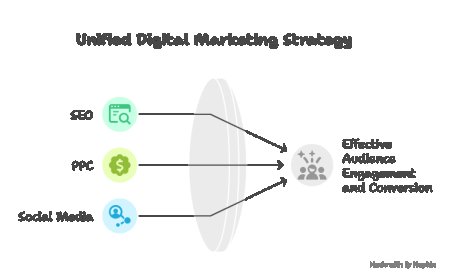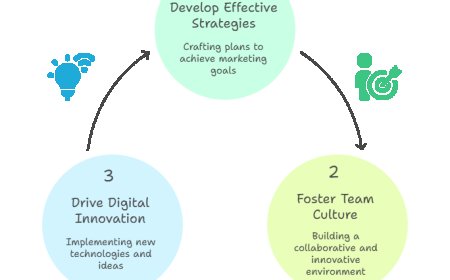10 Key Features Every Employee Management System Should Have
10 Key Features Every Employee Management System Should Have
An Employee Management System is an essential tool for modern businesses aiming to streamline HR operations and enhance workforce productivity. However, not all systems are created equal. To ensure that you choose the right solution for your organization, here are ten key features every Employee Management System should include:
1. Centralized Employee Database
A core function of any Employee Management System is a centralized repository for all employee information. This includes personal details, job titles, department data, employment history, contact information, and documents like contracts and ID proofs. Centralized storage ensures easy access, better organization, and data consistency across departments.
2. Time and Attendance Tracking
Automated time tracking helps businesses monitor working hours, overtime, late arrivals, and absences. A robust system should support features like biometric integration, online check-in/check-out, and shift scheduling. This eliminates manual timekeeping errors and simplifies payroll calculations.
3. Leave and Absence Management
Managing vacation, sick leave, and other time-off requests is crucial for business continuity. The system should allow employees to submit leave requests, track balances, and view approval statuses. Managers should be able to approve or reject requests and get notifications when staff availability affects team capacity.
4. Payroll Integration
Payroll processing can be complex and time-consuming. A good Employee Management System should automate salary calculations, tax deductions, bonuses, and generate payslips. Integration with accounting software or in-built payroll features can help streamline payment processes and ensure compliance with tax laws.
5. Employee Self-Service Portal
An employee self-service feature gives staff access to their personal information, leave balances, pay stubs, and other HR data. This reduces the burden on HR departments and empowers employees by providing them with control and transparency over their work-related information.
6. Performance Management Tools
Performance evaluation is key to employee development and retention. The system should support features like goal setting, performance tracking, peer reviews, and manager feedback. Having structured performance data helps businesses make informed decisions on promotions, raises, and training needs.
7. Onboarding and Offboarding Workflows
A smooth onboarding process helps new employees integrate faster, while effective offboarding ensures compliance and proper documentation. The system should automate tasks like sending welcome emails, assigning training, collecting documents, and revoking access upon departure.
8. Document Management System
Secure storage and easy retrieval of important HR documents are critical. The Employee Management System should allow uploading, categorizing, and sharing documents like contracts, policy manuals, and performance reports. Ideally, it should also support digital signatures and version control.
9. Compliance and Security Controls
HR data is sensitive and must be protected. A quality system should ensure data privacy through access controls, role-based permissions, and data encryption. It should also help maintain compliance with labor laws, tax regulations, and internal company policies through alerts and audit trails.
10. Analytics and Reporting
Insightful data is essential for strategic HR planning. The system should offer customizable reports on employee performance, attendance trends, turnover rates, and other key metrics. Dashboards and visual analytics help managers quickly understand workforce dynamics and make data-driven decisions.
Conclusion
Choosing the right Employee Management System can transform how your business handles HR operations. A solution that includes these ten key features will not only automate routine tasks but also improve employee engagement, ensure compliance, and support business growth. Investing in the right system saves time, reduces costs, and creates a more organized and efficient workplace.



















